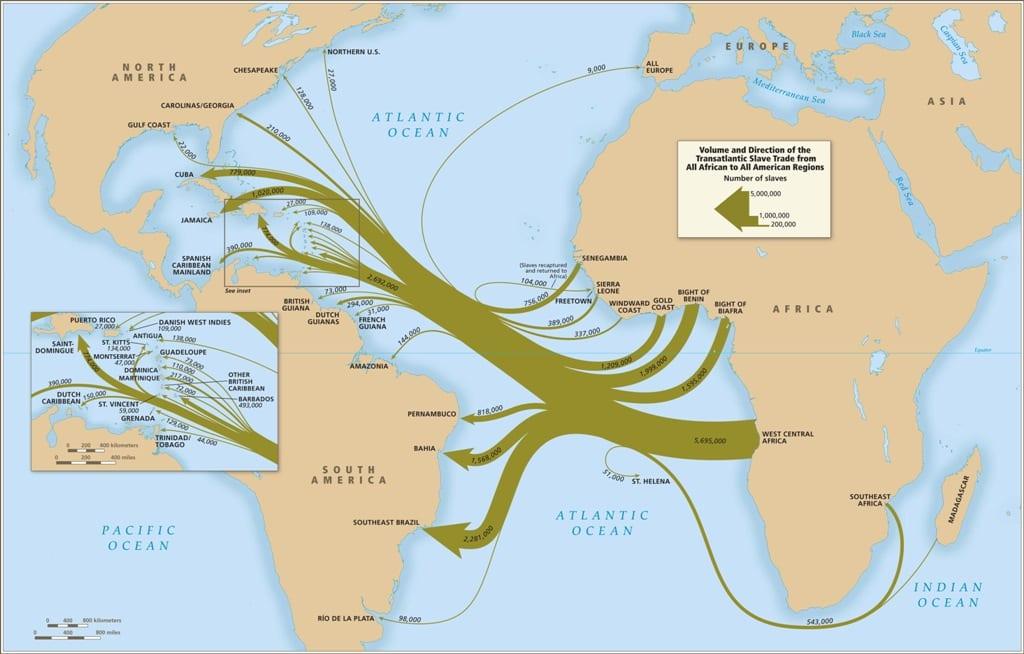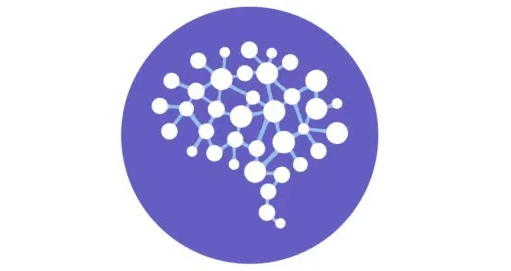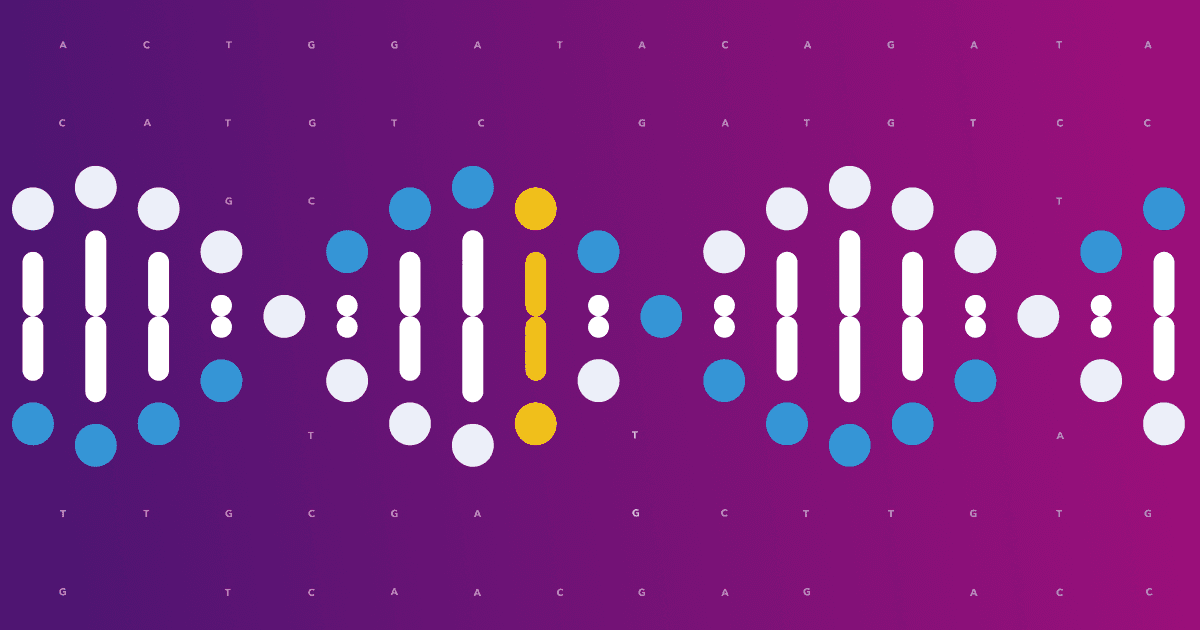Published in The American Journal of Human Genetics, a paper by 23andMe researchers leveraged genetic data from close to 50,000 people to detail one of the most comprehensive investigations of the transatlantic slave trade ever done.
The study confirms genetic links between regions in the Americas with areas along the Atlantic coast of Africa that align with routes of known slave voyages documented in shipping records.
The researchers were able to date the arrival of specific African populations to different parts of the Americas and the representation of specific African communities in those regions of America.
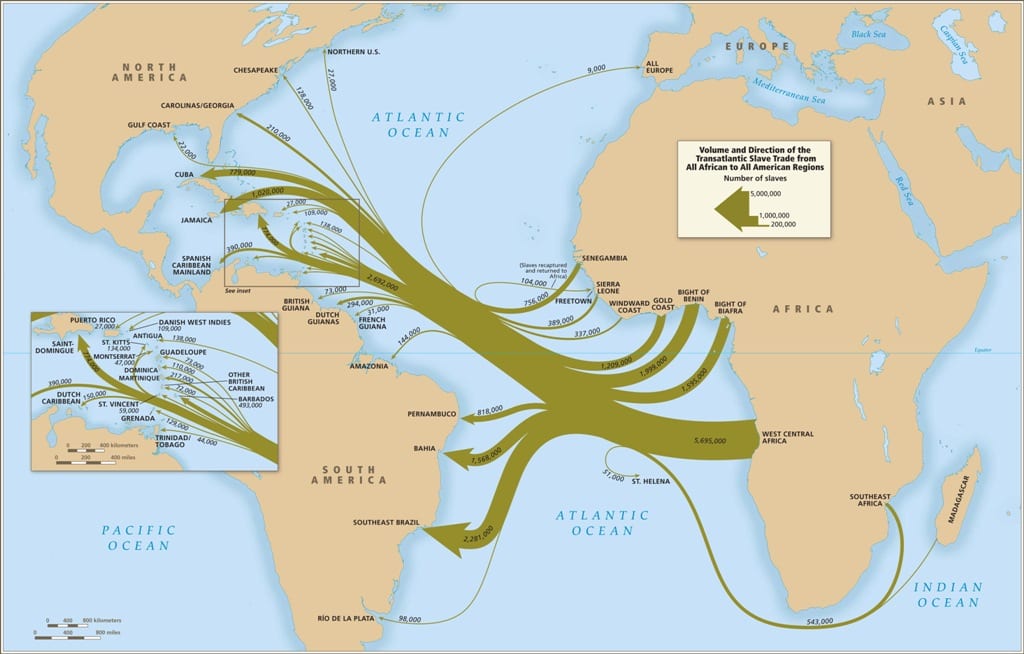
Genetic Data and Historical Records
“Last year marked 400 years since the arrival of the first enslaved Africans in what was to become the United States of America,” said lead author Steven Micheletti, Ph.D., and a 23andMe population geneticist.
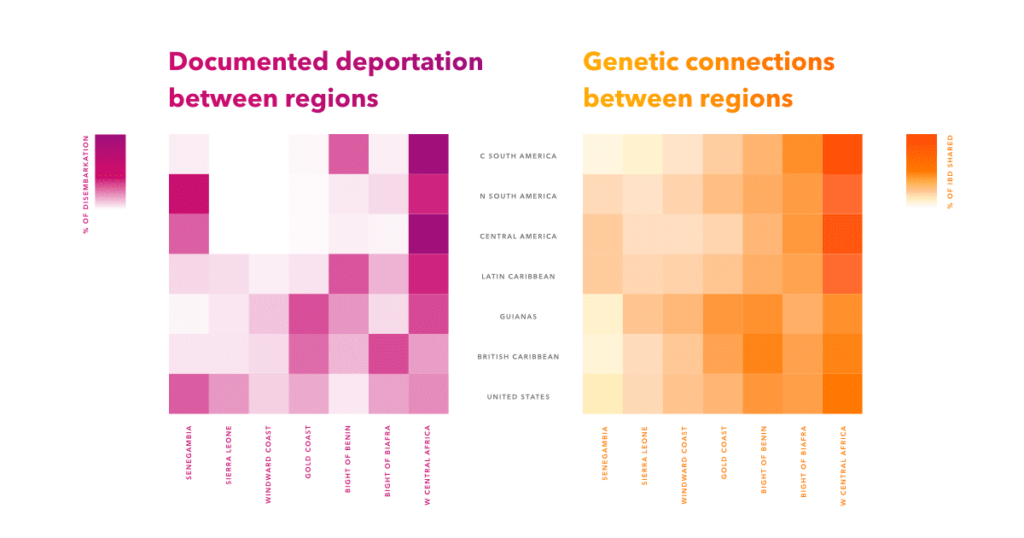
The study documents genetic links to Africa in the Americas, Steven said.
“It’s important that we understand the rich history and contributions of African people and their descendants, to the culture and history not only of the United States but also to all the Americas. In looking at the genetic landscape that resulted from this forced migration, one gets a deep and profound sense of the continuous hardships people of African descent have endured.”
Some Surprises
While the study aligns with known historical records, the researchers also made some unexpected findings. One was an over-representation of Nigerian ancestry in many parts of the Americas compared to what shipping records show.

This most likely reflects the often under-discussed active trade that moved slaves within the Americas, even after the slave trade had been banned by several European nations.
The data also indicated that South America and Central America had the lowest proportion of African ancestry when compared to the United States and the British Caribbean. This is despite the majority of enslaved people taken from Africa being shipped to South America. It likely reflects cultural and historical differences. It could be due to higher mortality rates in those areas, but also it may be a result that some Latin and South American countries promoted dilution of African ethnicity through intermarriage of fair-skinned European men and women of African descent.
Another surprise was that the researchers failed to find strong genetic connections with people from Senegal and The Gambia. That was unexpected given the number of enslaved people that were deported from that region of Africa.
The researchers believe this may be because many of those enslaved Senegambians were transported to rice plantations in the United States because they had experience cultivating rice in Africa. But rice plantations in the United States were often rampant with malaria, resulting in extremely high death rates among enslaved people on those plantations.
History in the DNA
And the analysis yielded insights into other brutal practices of slavery, one that impacted the lifespan of male slaves and the sexual exploitation of women.
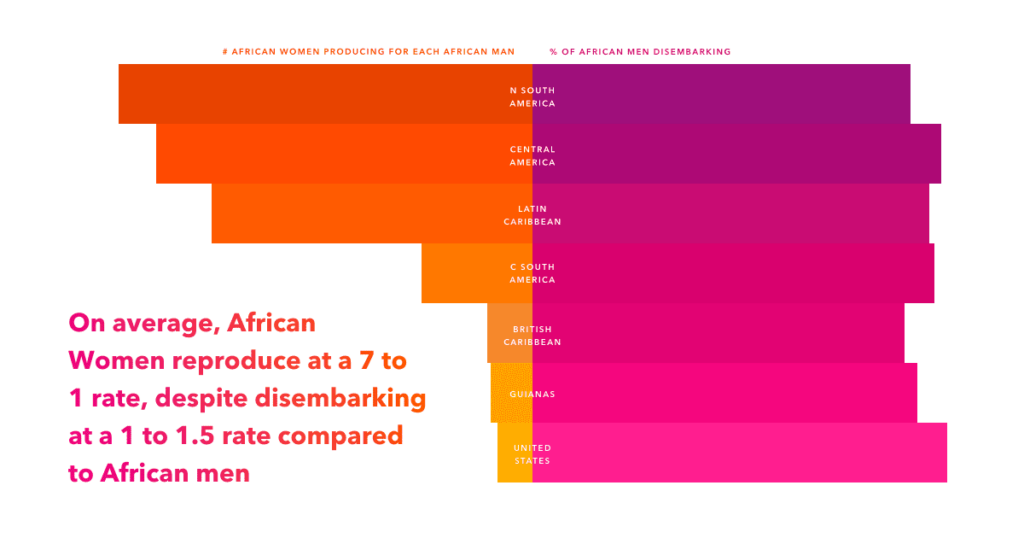
The report confirmed what other studies have shown: a bias towards African female contributions to the gene pools of the Americas due to generations of rape and exploitation. The study found that this was particularly stark in Central America and South America.
This was another example where genetic results support historical accounts of the dehumanization of enslaved people and their descendants
A Deeper Understanding
Joanna Mountain, 23andMe’s Senior Director of Research and a co-author of the paper, said the study deepens our understanding of the impact of the transatlantic slave trade.
“Our study advances the understanding of the consequences of this period by comparing genetic connections between Africa and the Americas with historical records,” Mountain said. “While historical records previously revealed a large part of the story of the transatlantic slave trade, this study yielded insights into historical processes that may have been only conjectured prior to this study.”
But the research also reveals the deep connections to Africa across all the Americas.
For Uzodinma Iweala a medical doctor and CEO of The Africa Center, who read an early draft of the paper, it’s that aspect of the paper that resonated the most.
Dr. Iweala, who is Igbo and the child of Nigerian immigrants, said in traveling throughout the United States, the Caribbean and South America he has always been inspired by the long-standing connections between people and the African continent and its Diaspora that show the triumph of personal and community resilience in a context of deliberate and sustained violence.
“It’s a sense of familiarity I and my family have felt in places as different and spread out as St. Simons Island in Georgia, or the streets of Jamaica, or in Bahia, Brazil,” he said. “It sometimes feels like walking the streets of the village where my family is from in Nigeria and that makes me feel safe and welcome.”
The study would not have been possible without the contributions of data by tens of thousands of 23andMe customers who consented to participate in research.
